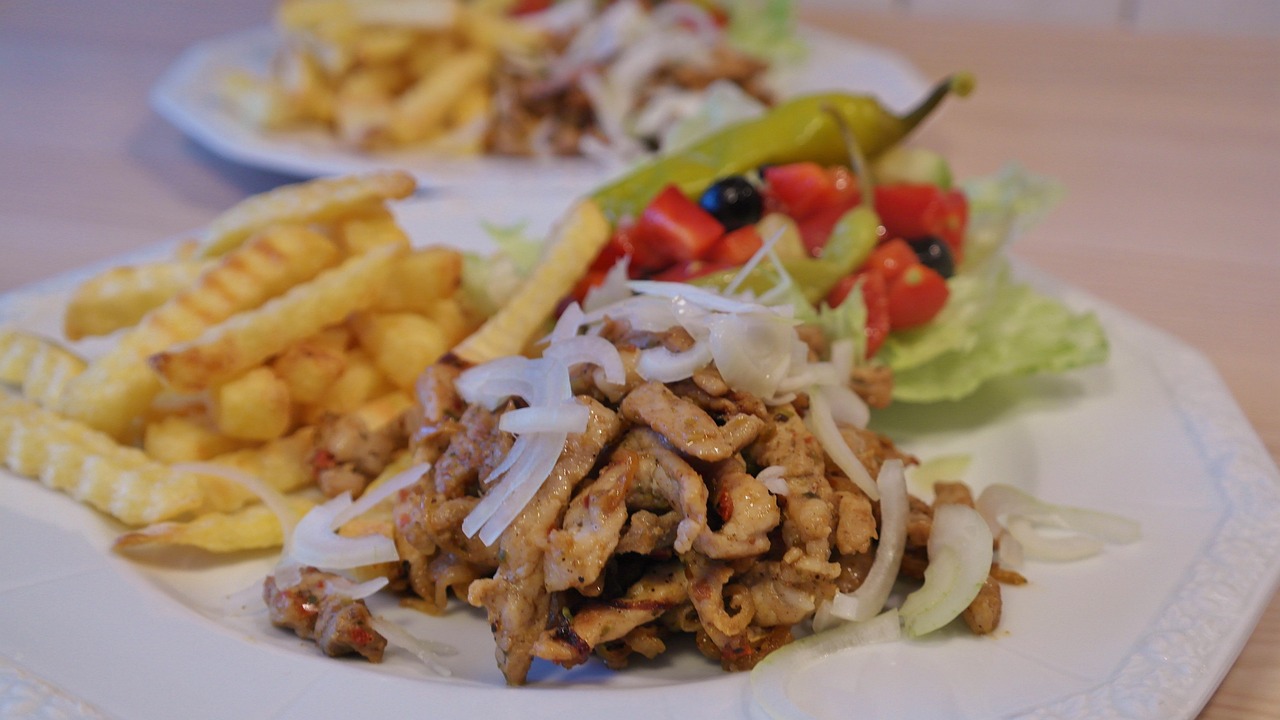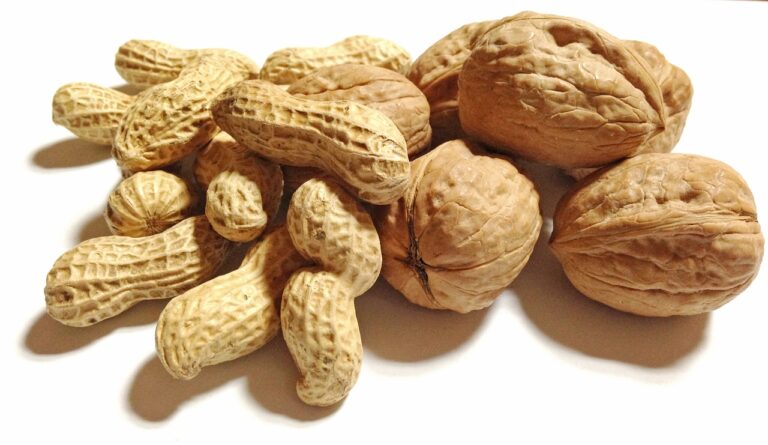The Role of Food in Children’s Literature
In children’s literature, food often serves as a symbol of comfort and nourishment, conveying a sense of home and security to young readers. Whether it’s a warm bowl of soup on a rainy day or a freshly baked batch of cookies, food is frequently used by authors to create a cozy atmosphere within the story, inviting children into a world of comfort and familiarity.
Through the depiction of characters enjoying meals together or seeking solace in their favorite foods during challenging times, authors are able to showcase the power of food as a source of emotional support and connection. By incorporating food as a symbol of comfort and nourishment, children’s literature not only entertains young readers but also provides them with a sense of reassurance and belonging in the stories they engage with.
The Connection Between Food and Identity in Children’s Books
Food plays a significant role in shaping characters’ identities in children’s books. By describing the types of food a character enjoys or prefers, authors provide readers with insights into the character’s cultural background, personal preferences, and social status. For instance, a character who enjoys traditional dishes from a specific region may be portrayed as being deeply rooted in their cultural heritage.
Furthermore, the act of sharing meals or cooking together can also strengthen bonds between characters, showcasing the importance of food in fostering relationships and creating a sense of community. Through these depictions, children’s books not only entertain but also educate young readers about the diverse ways in which food can shape one’s identity and foster connections with others.
How Food Can Be Used to Teach Important Lessons in Children’s Literature
In children’s literature, food often serves as a powerful tool to impart valuable lessons to young readers. Through descriptions of meals, snacks, and treats, authors can subtly convey messages about culture, values, and relationships. For example, a story that features characters sharing a meal together can highlight the importance of community and generosity. By showcasing characters coming together over food, young readers learn the significance of sharing and supporting one another.
Furthermore, food can be used to teach children about diversity and acceptance. Through depictions of different cuisines and culinary traditions, authors can introduce readers to new cultures and ways of life. By exploring unfamiliar foods in stories, children can develop an appreciation for the richness and diversity of the world around them. These experiences can encourage empathy and understanding towards individuals from diverse backgrounds, fostering a sense of inclusivity and respect.





